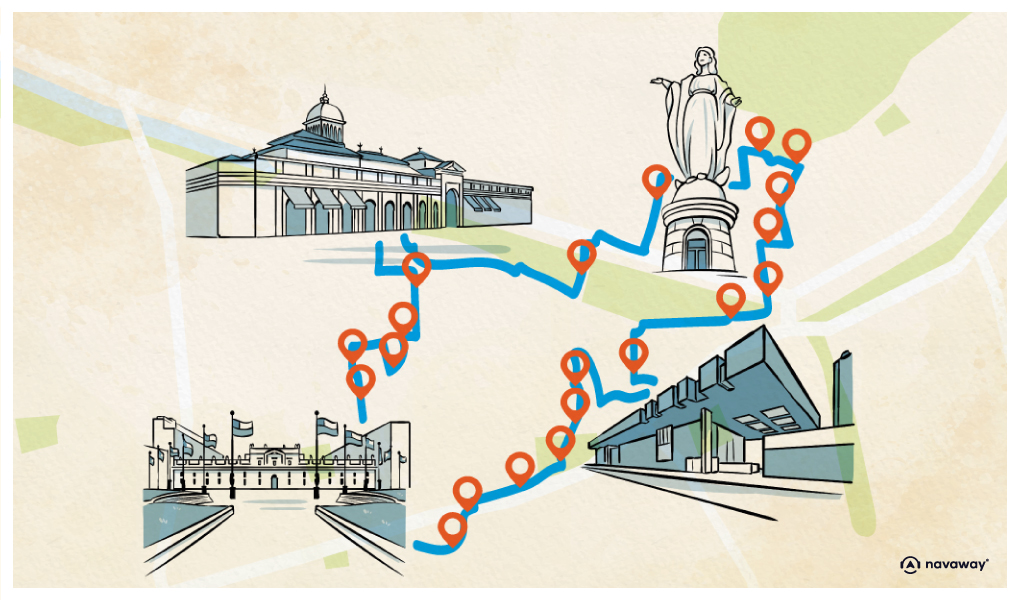
La Chascona – Pablo Neruda’s House
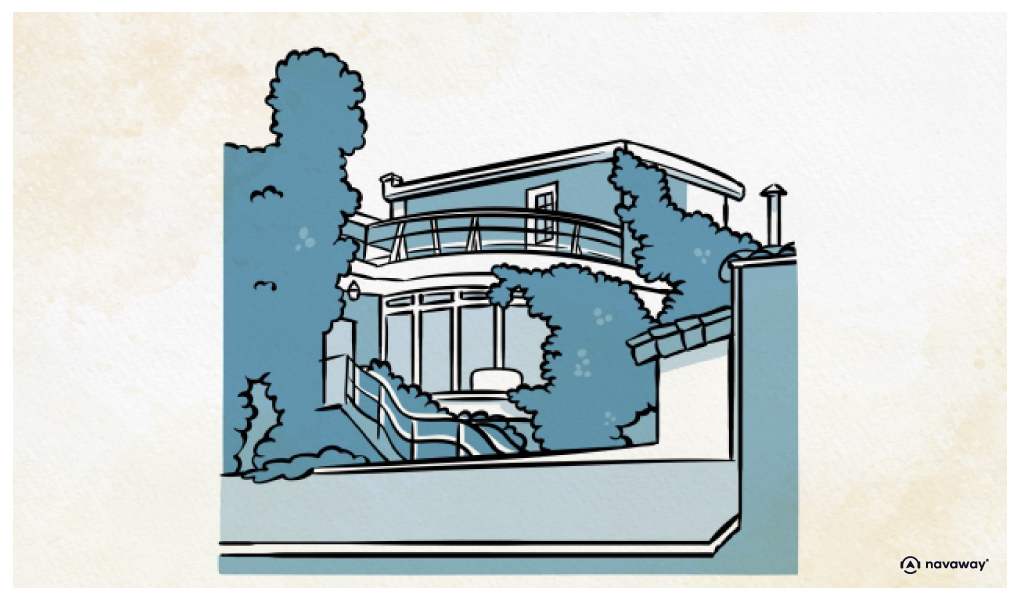
This point of interest is available as audio on the tour: Visit Santiago, Between Ocean and Andes
You’re now at La Chascona, Pablo Neruda’s third house—and the only one he owned in Santiago. “Chascona” means “woman with messy hair,” a playful nod to the curly red locks of Matilde Urrutia, Neruda’s third wife and lifelong muse. The couple met nearby in Parque Forestal and eventually settled here, in this quirky blue home nestled in the heart of Bellavista. Today, it’s a museum dedicated to the poet’s extraordinary life and work. With its winding passages, eclectic decor, and nautical touches, La Chascona reflects Neruda’s fascination with the sea and his love of all things unusual. Before you step inside, let’s take a moment to talk about the man himself. Born Ricardo Eliecer Neftalí Reyes Basoalto, he adopted the pseudonym Pablo Neruda in homage to Czech poet Jan Neruda. Politics was as central to his life as poetry. He began writing at a young age, and his early work earned him instant recognition. Alongside his literary career, he also served as a diplomat in places like Burma, India, Singapore, and Brazil. In Buenos Aires, he met Federico García Lorca, and the two poets became close friends. Lorca was later posted in Spain during the Civil War, and was killed by fascist forces—an event that deeply impacted Neruda. He publicly supported the Republican cause, which cost him his diplomatic post. He moved to France and co-founded a pro-Republican literary group with Peruvian poet César Vallejo. Back in Chile, he became active in the Communist Party and eventually won a seat in the Senate. When President Gabriel González Videla banned communism and aligned with the U.S. during the Cold War, Neruda gave a fiery speech in the Senate, condemning the regime. He was forced into exile, fleeing through the Andes on horseback. In the years that followed, he lived in Paris, Mexico, Poland, and the Soviet Union, and wrote his greatest work, Canto General—an epic poem celebrating Latin America and denouncing tyranny. In 1971, Neruda was awarded the Nobel Prize in Literature. After serving three years as Chile’s ambassador to France, he returned home. But the 1973 military coup and the death of his friend President Allende devastated him. Gravely ill with cancer, Neruda died twelve days after the coup, right here in La Chascona. The house was ransacked, his books burned, and soldiers patrolled the funeral. Despite the military presence, mourners flooded the streets, turning his funeral into a protest against the dictatorship. Neruda’s life was filled with passion—for politics, poetry, and love—and he left behind a body of work that continues to inspire readers around the world. If you decide to explore more of Chile, you can visit his two other homes: La Sebastiana in Valparaíso, perched on a hill with sweeping views of the bay, and Isla Negra, a coastal village south of Valparaíso where Neruda and Matilde are buried, in a garden overlooking the ocean. It was his final wish to rest there, forever facing the sea he adored.


Discover Santiago with app
An interactive guide through the most beautiful streets, squares, and districts
26 fun audioguides full of historical facts, anecdotes, and legends
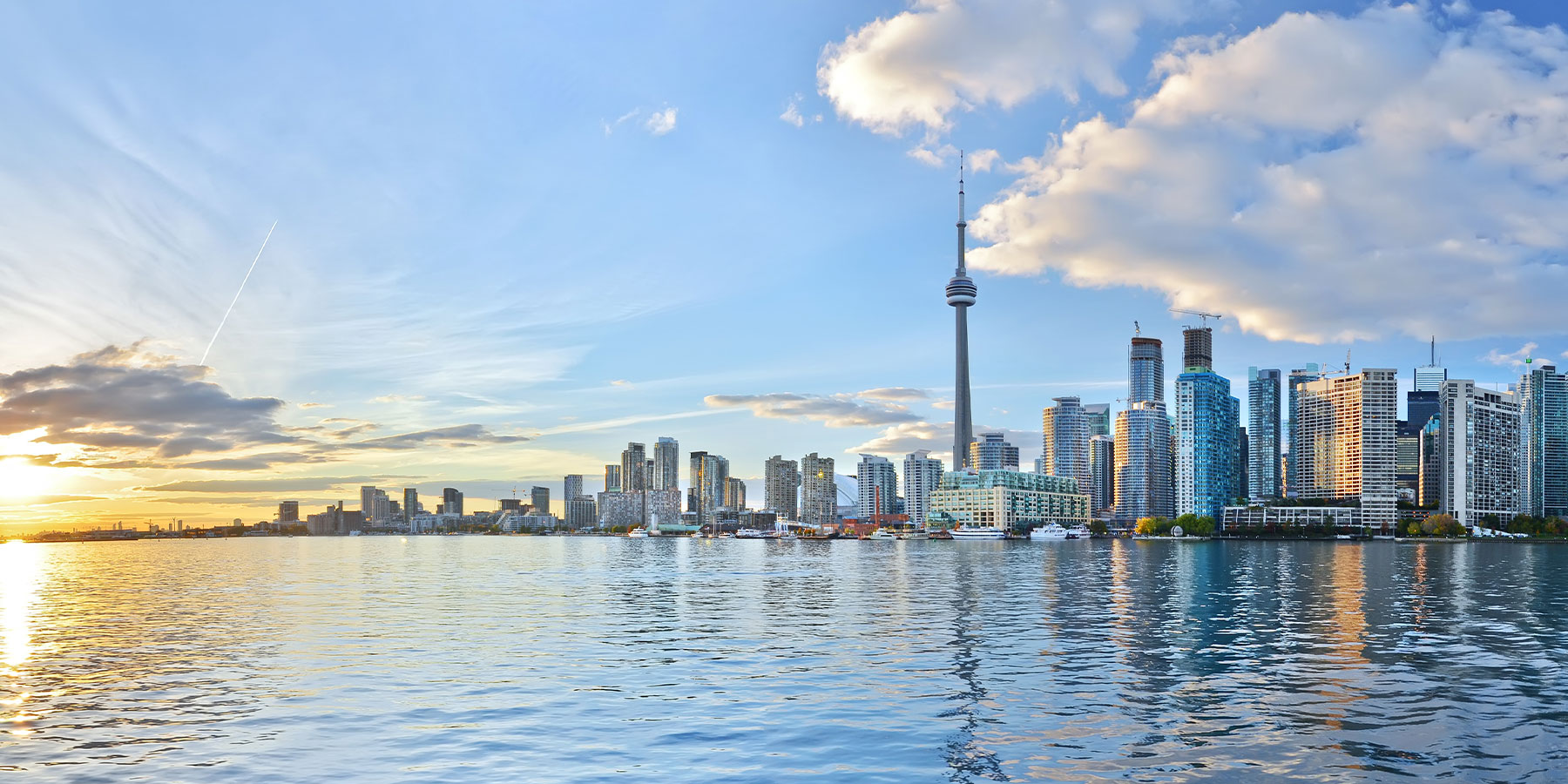
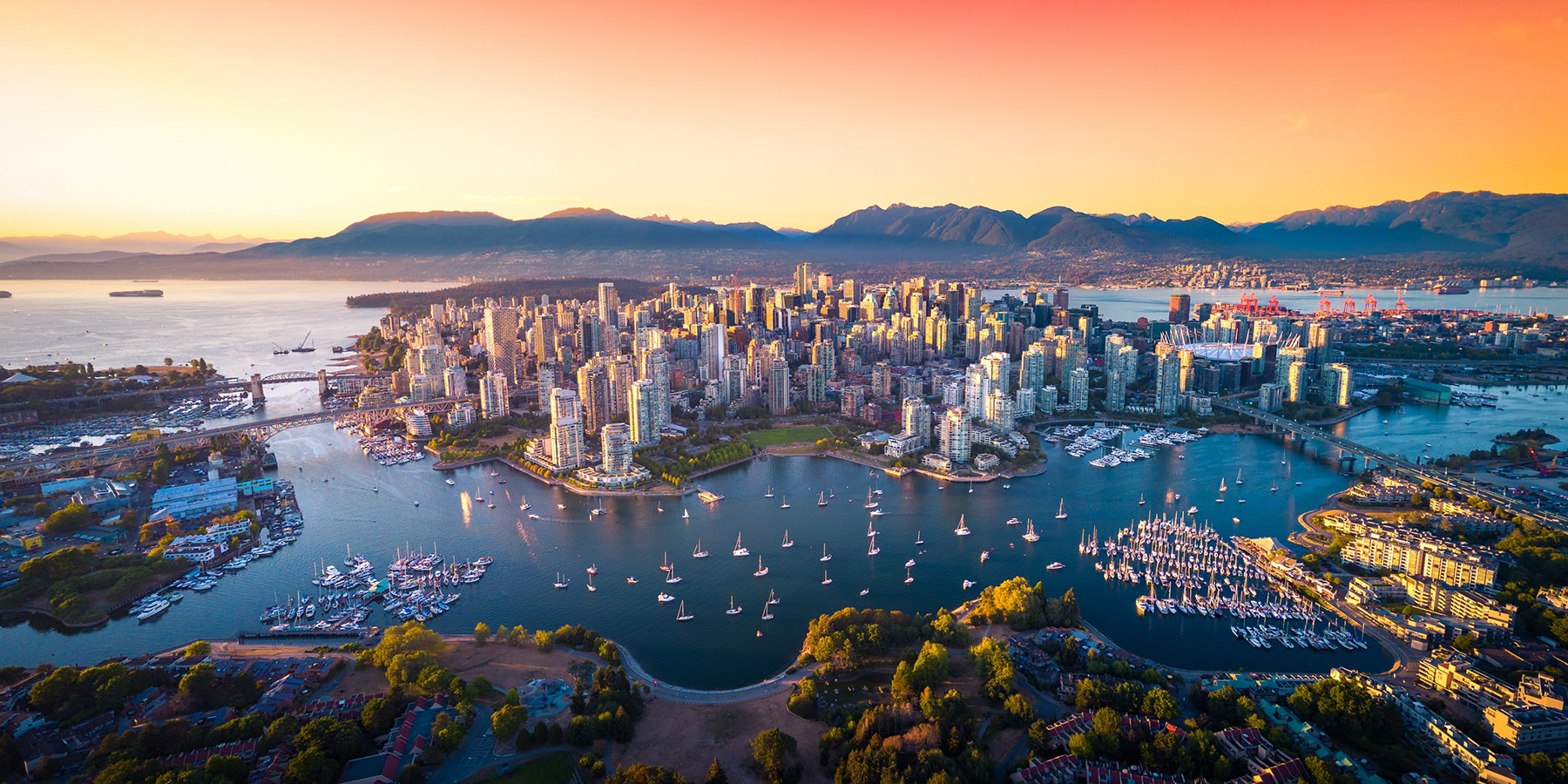
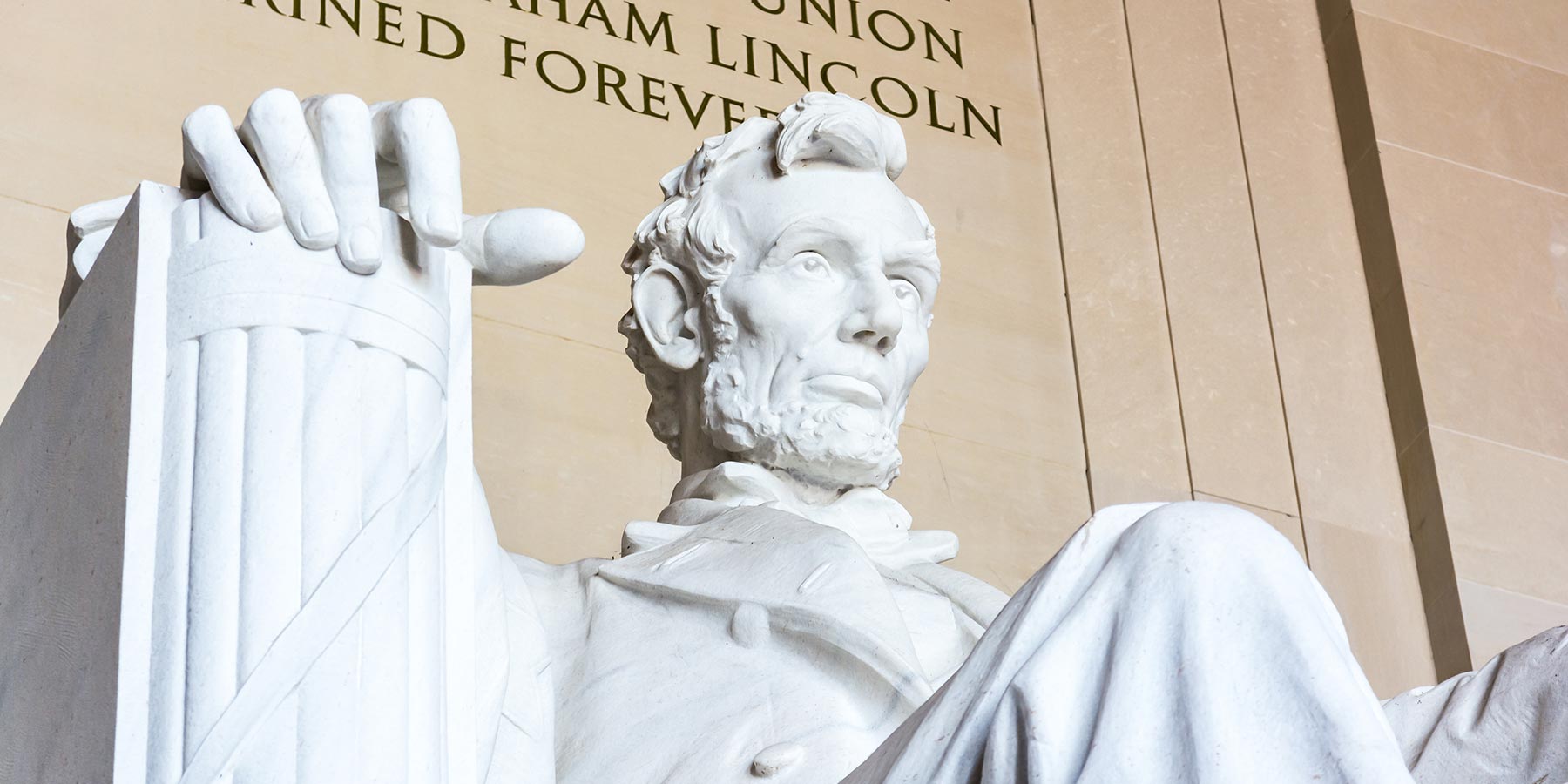
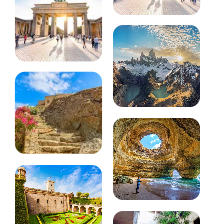

Comments